
What is a Treatable Skin and Body Condition?
Treatable skin and body conditions can affect us in many ways. How we feel? How we interact with others? And these conditions sometimes affect our ability to be in public situations. Thanks to a variety of new technologies, many of these conditions are painlessly treatable with excellent results.
The NAWI Wellness Center can provide treatments for skin conditions such as, acne (both active acne and acne scarring), rosacea, melasma, sun-damaged skin, and wrinkles. The NAWI Wellness Center can also provide treatments for body conditions such as, being over your desired weight, along with the related conditions, cellulite and stretch marks, and urinary incontinence. Please review each section, below, for more information and recommended treatments.
NAWI offers a no-obligation consultation before implementing a treatment plan. Click to Schedule an Appointment and begin your journey to improved wellness at the NAWI Wellness Center.
Acne and Acne Scarring
One common, but very treatable skin condition is acne. Active acne can be treated with a Chemical Peel as well as the BBL Hero laser skin treatment. Acne scarring can be treated with Secret RF Microneedling and the Juliet Erbium laser.

Rosacea
Rosacea is a chronic skin condition characterized by redness, visible blood vessels, and sometimes small, red bumps on the face. Although it’s not permanently curable, various treatments are available to manage and control its symptoms. Treatment plans are typically tailored to the specific manifestations and severity of the condition. Common approaches to rosacea treatment include the BBL HEROic laser and Laser Genesis treatments.
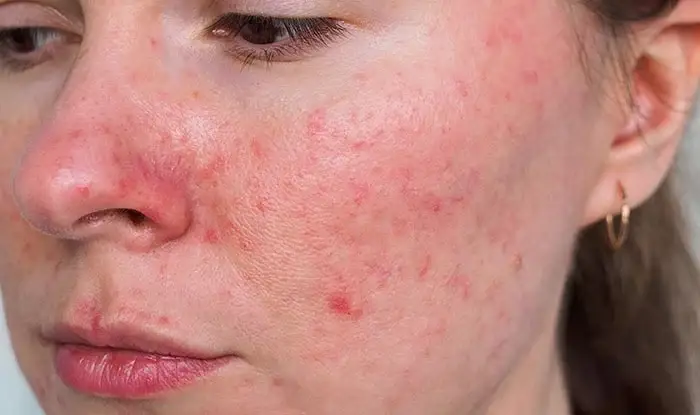
Melasma
Melasma is a common skin condition characterized by the development of brown or gray-brown patches on the face, particularly on the cheeks, forehead, nose, and upper lip. While melasma doesn’t pose any health risks, it can be a cosmetic concern for some individuals. NAWI Naples recommends the Moxi laser and Laser Genesis treatments.
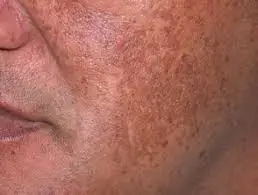
Sun-Damaged Skin
Sun-damaged skin can manifest as various concerns, including wrinkles, fine lines, hyperpigmentation, and loss of skin elasticity. A number of treatments are available at NAWI Naples to help improve the appearance and health of sun-damaged skin. Skin care treatments include Hydrafacial, Chemical Peel, Secret RF Microneedling. Laser treatments include the BBL HEROic laser, the Moxi laser, the IPL Photofacial laser, and the Juliet Erbium Skin laser.
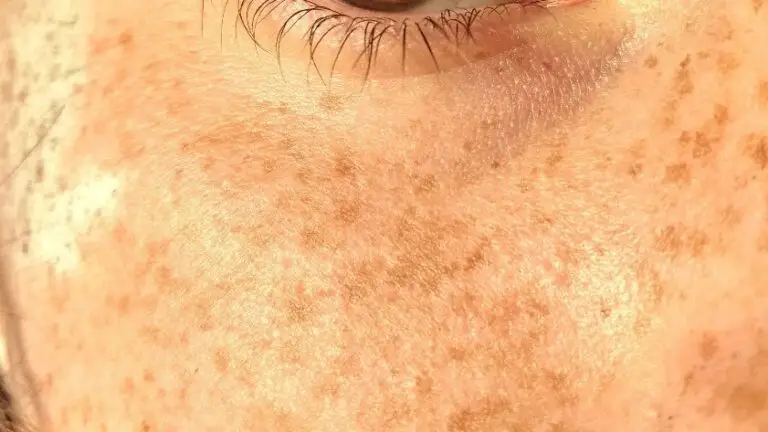
Wrinkles
For many people, wrinkles are a key indicator of age. But wrinkles are most definitely treatable at NAWI Naples! Skin care treatments include Hydrafacial, Chemical Peel, Secret RF Microneedling, dermal fillers, and Sculptra. Laser treatments include the BBL HEROic laser, the Moxi laser, and the Juliet Erbium Skin laser.
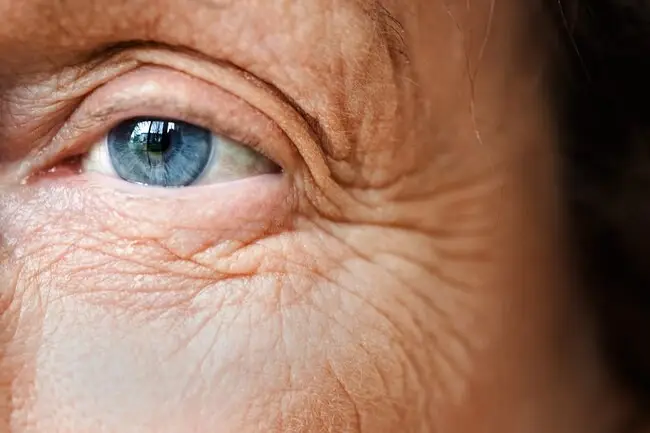
Over Your Desired Weight
Being over your desired weight affects almost everyone at one point or another. NAWI Naples can provide treatment whether you want to significantly change your body or you’re only looking to address some problem areas.
The medical weight loss treatments, such as Semaglutide and HCG Diet, can provide excellent full-body results. Problem areas can be treated with either TruSculpt or UltraSlim body sculpting. For those who want to take their body a step further, NAWI Naples also offers TruFlex Muscle Sculpting.
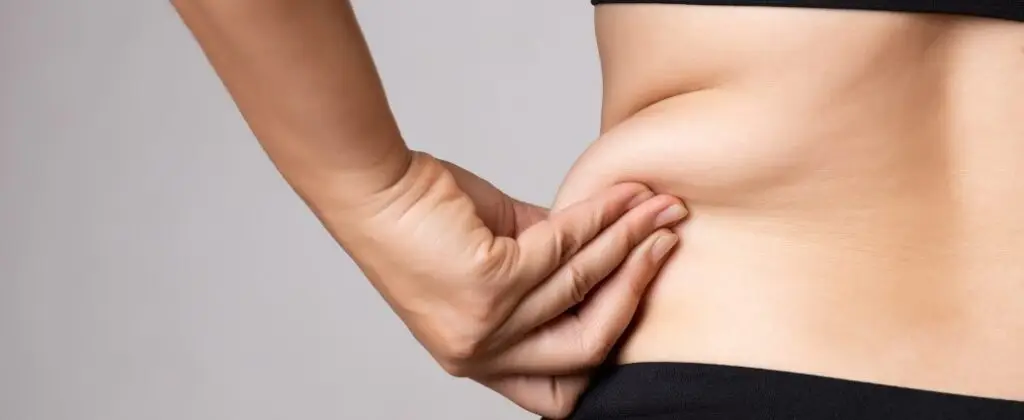
Cellulite
Having cellulite does not mean you are over your desired weight. Even thin people can have it. While it doesn’t pose any health risks, cellulite can be a source of concern for many individuals due to its impact on the skin’s appearance, leading to self-consciousness and a desire to minimize its visibility.
Cellulite is characterized by a dimpled or lumpy appearance, usually found on the thighs, buttocks, hips, and abdomen. It occurs when fat deposits push through the connective tissue beneath the skin, creating a bumpy texture that resembles the surface of an orange peel.
Numerous factors contribute to the development of cellulite, including genetics, hormonal changes, a sedentary lifestyle, poor diet, and even stress. Though it’s more common in women, men can also experience cellulite. Understanding its causes and exploring various treatment options, from lifestyle changes to cosmetic procedures, can help manage and reduce the appearance of cellulite, providing individuals with greater confidence and comfort in their skin.
NAWI Naples can treat cellulite with TruSculpt and UltraSlim body sculpting.
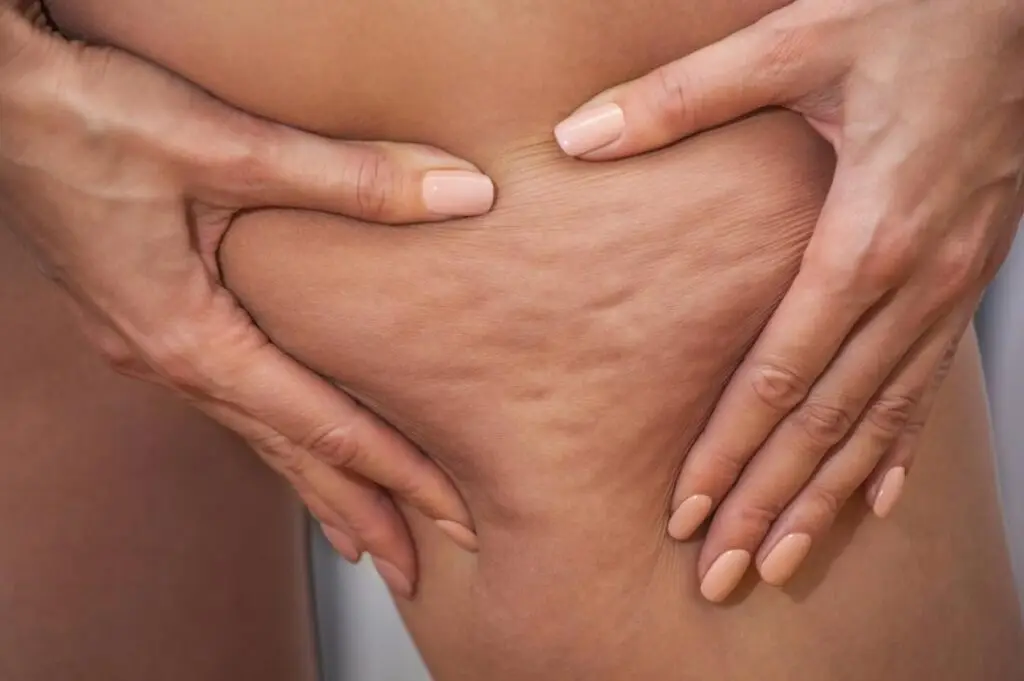
Stretch Marks
Stretch marks are the result of dramatic tension to the skin, which causes a rupturing of skin fibers. The most common causes of stretch marks are pregnancy, puberty, excessive weight and/or muscle gain. These conditions put stress on the skin, which in many cases result in stretch marks.
If stretch marks are bothering you, they can be successfully treated at NAWI Wellness Center in Naples with the Secret RF Microneedling Skin Treatment and the Juliet Erbium Skin Laser.
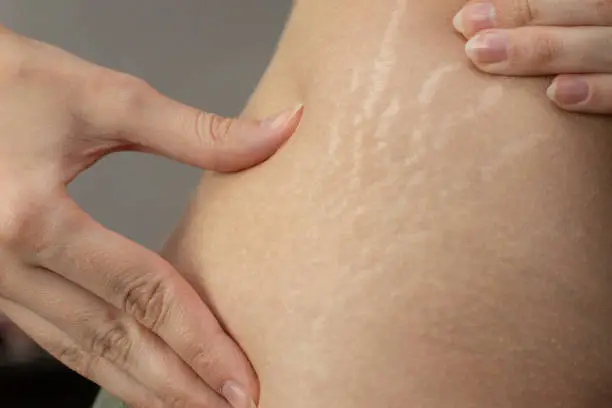
Urinary Incontinence
Urinary incontinence is an embarrassing after-effect of pregnancy, but it is treatable at NAWI Naples. The Juliet Laser Vaginal Rejuvenation can address urinary incontinence while providing a variety of other benefits, including improved sex.

